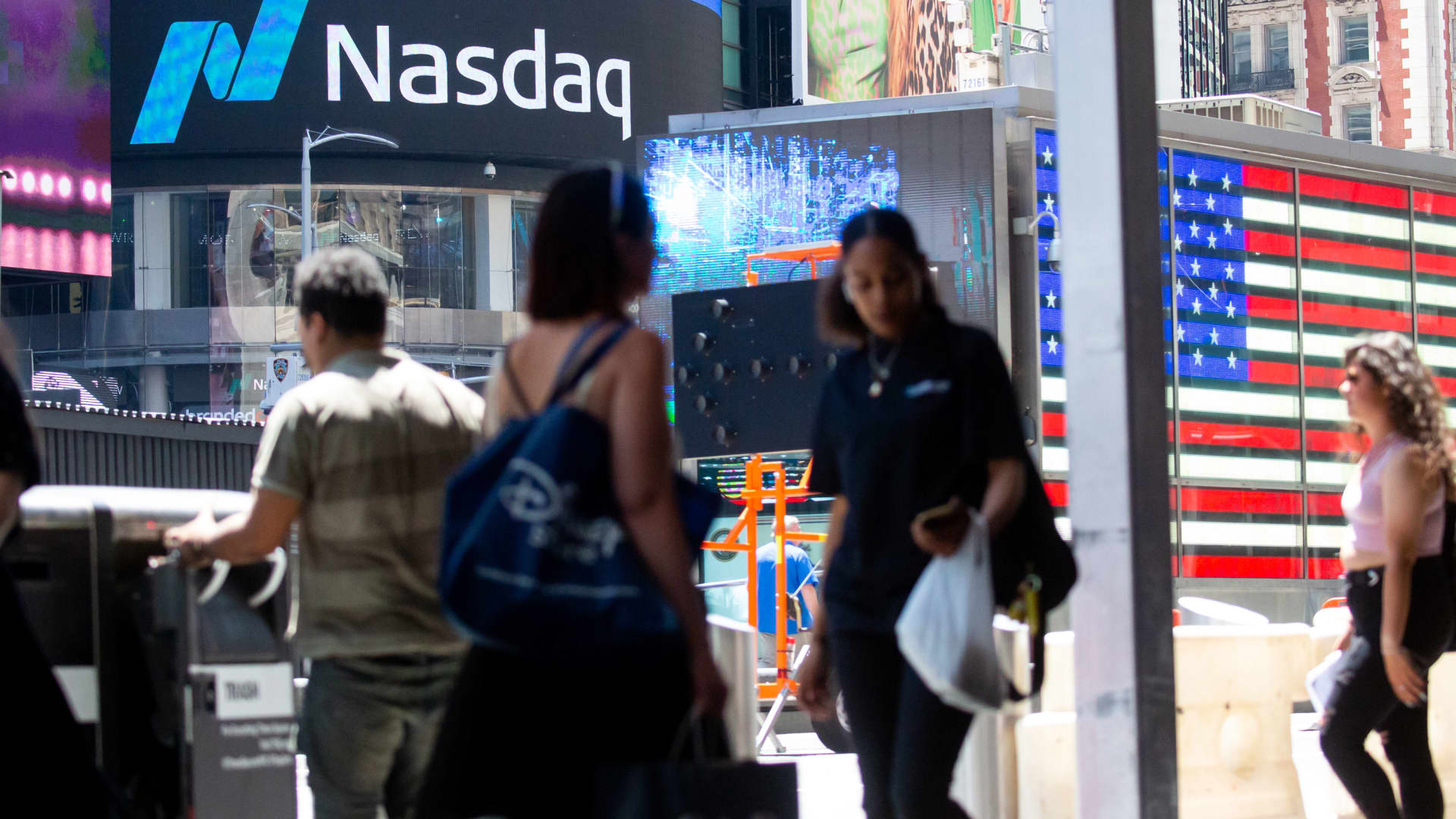[ad_1]
After years of delays and safety and design controversies, Amtrak is one step closer to bringing new high-speed trains to the busy Northeast Corridor.
Amtrak officials said late Friday that the new trains, which had failed an extended series of computer modeling tests, had passed on the 14th try and have been approved by the Federal Railroad Administration to begin testing on tracks running from Washington, D.C. Approval was given. Boston.
The faster, more spacious trains – sets of locomotives and passenger cars – come with a price tag of about $1.6 billion and replace those in the Acela fleet, which were supposed to be retired at the end of their life cycles in 2016.
The new sleek red, white and blue Acela Liberty trains are to travel at a top speed of about 160 mph, 10 mph faster than the current Acela trains, due to the limits imposed by the Northeast Corridor’s aging tracks, and its tilting. Expect a fast and smooth ride around turns. They accommodate 386 passengers, an increase of 25 percent.
Amtrak said in a statement that on-track testing “will be the next step in the safety certification process that will lead to the introduction of revenue service.”
Cliff Cole, a spokesman for Alstom, the French manufacturer of the new trains, hailed the move to on-track testing as progress for passengers, “who will soon discover an entirely new travel experience on America’s busiest rail corridor.” “
But the project, which is three years behind schedule, has faced major setbacks and Amtrak has not said when the trains will be ready for passengers. According to an inspector general report, the last time the passenger rail service was targeting October 2024 was to bring the new trains into service. Alstom, which is building the trains in Hornell, NY, has delivered only 10 of the 28 that were contracted to be ready in 2021. For now, they sit idle in 10 Pennsylvania trainyards, visible to Amtrak passengers heading in and out of Philadelphia. 30th Street Station.
Meanwhile, Amtrak has spent more than $48 million on maintenance to keep older Acela trains running.
There were great expectations in 2016, when then-Vice President Joseph R. Biden Jr. and Anthony R. Coscia, who was Amtrak’s president at the time, stood outside a Wilmington, Del., train station and announced a $2.45 billion federal loan for Amtrak. To bring high-speed train travel in the Northeast. That year, Amtrak chose Alstom, which had built the original Acela fleet in 2000, to build the new trains.
Under the terms of the contract, Alstom was required to create a computer model to predict the performance of the trains before it began building them—a critical condition, because the Federal Railroad Administration, which enforces rail safety regulations, has a The model must be approved demonstrating that the train is safe before testing on Northeast Corridor tracks.
The corridor’s curves, bridges and tunnels posed a particular challenge for Alstom. It is estimated that more than $100 billion in repairs and upgrades to the region’s tracks will be needed to allow the new trains to reach maximum speeds throughout the corridor.
By 2019 the company was in trouble. According to Amtrak officials and Alstom representatives, the train manufacturer told Amtrak that computer modeling showed that the new trains could not run safely on the Northeast Corridor track. However, Alstom said the company could resolve the problems and wanted to move forward.
Despite computer modeling problems, Amtrak allowed Alstom to build the trains because, Amtrak officials said, they felt they had no other option. More recently, Amtrak officials admitted that they failed to put safeguards into the contract with Alstom to protect themselves in the event the company struggled to develop working trains.
“I think there’s some debate now after the fact about whether or not this should be a contractual mechanism,” said Laura Mason, Amtrak’s executive vice president for capital distribution.
By January 2020, an Amtrak inspector general report warned of persistent delays and safety problems with trains, as did another inspector general report in September 2023. In an unpublished version of that recent report obtained by The New York Times, inspectors found that the trains were still failing modeling tests and that those built so far had flaws. Although the defects can be fixed, the report said, some trains require “structural and design modifications” while others require “sealant, drainage or corrosion correction.”
Jim Matthews, chief executive of the Rail Passenger Association, an advocacy group, said that as Amtrak and Alstom move to test trains on both tracks, they will pay close attention to the tilting technology and how much it helps trains make turns. Does. At high speed.
“I would expect a fairly smooth testing system from here because most of the problems have been identified,” Mr Matthews said. “We’ll see how they fare now that they’ll be on the Northeast Corridor.”







